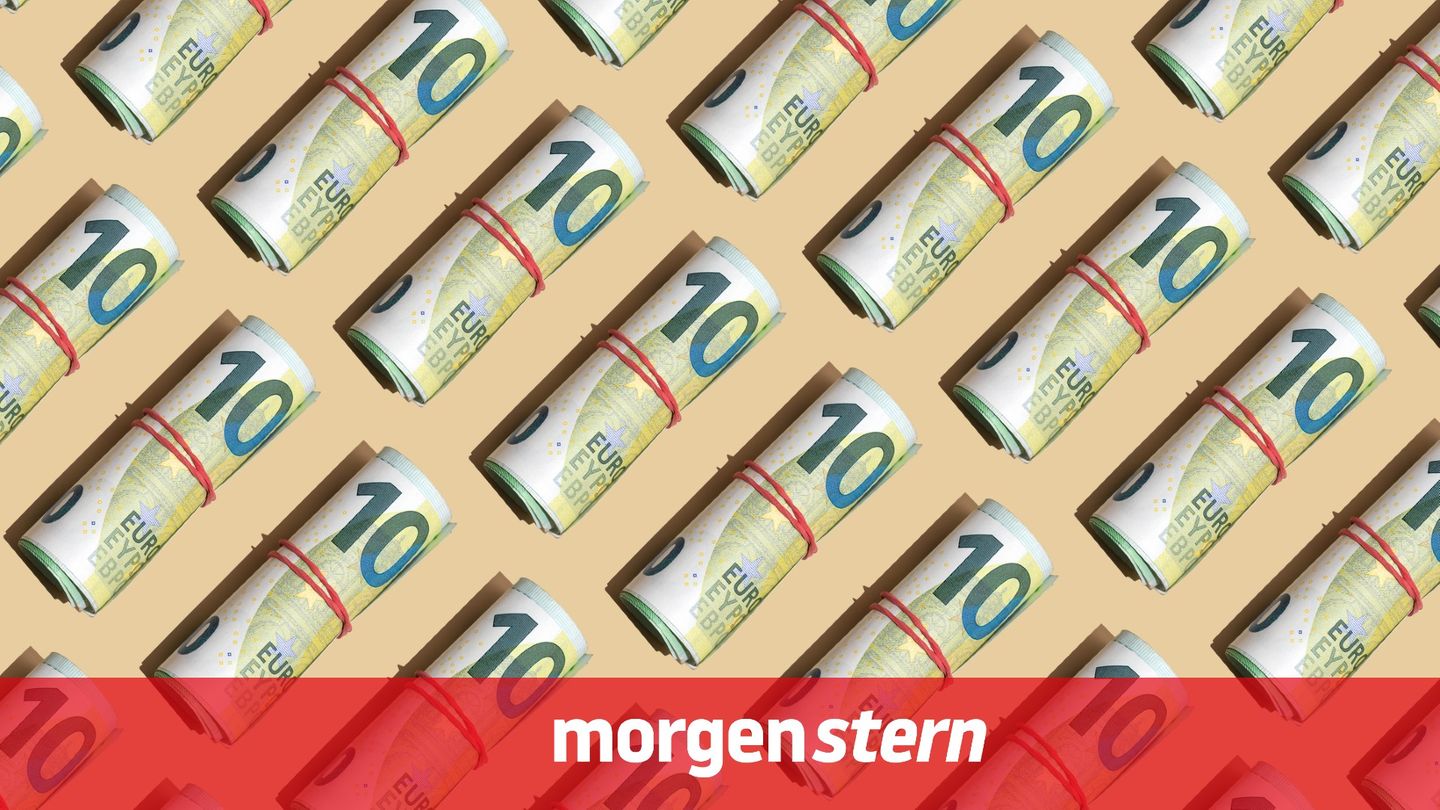A private study suggests that The country risk could be below 1,000 basis points by the end of the year, a situation that would leave the Government on the verge of returning to the voluntary debt markets. In fact, this Wednesday, the indicator measured by JPMorgan fell 8.1% to 1,270 points, which was the largest drop of the year.
Argentina’s financial conditions would be close to equilibrium. That is, a stage in which there would be neither comfortable conditions to obtain loans, nor a situation so delicate that it prevents it from obtaining financing. This is indicated by the Financial Conditions Index (ICF) prepared by the Argentine Institute of Finance Executives (IAEF) together with the consulting firm macroviews, directed by the economist Miguel Kiguel.
“The ICF measured -7.3 points in March, very close to 0, which represents its historical average, neither comfort nor stress,” says the IAEF report. The work adds that the improvement that this indicator obtained in March is due to more favorable conditions in international markets for Argentina.
iaef-icf.png
“External conditions achieved a score that is within the 10% highest since 2005, with a ‘risk-on’ climate very favorable to bonds, currencies and stocks of emerging countries,” the report explains. And he adds that “heArgentina also benefited from this global trend, although there are undoubtedly domestic factors at play.”
The work indicates that The subindex that measures the country’s external financial conditions measured 39.9 pointswhile the one who follows the conditions locals registered 47.2 negative points.
“The conditions locals climbed 46 points and rebounded almost 150 from the November minimumwith dollar bonds (country risk), Merval and dollar deposits as stars,” the report says.
In this regard, it is stated that “even With the recent improvement, local indicators remain in a similar place to where they were between mid-2020 and 2022. That is, they moved away from the panic values of the pandemic, Guzmán’s departure or the 2023 runoff, but they still reflect an economy loaded with expectations of devaluation and inflation and interest rates that are too high,” the study indicates.
According to this analysis, In March the protagonists were dollar bonds. The country risk fell almost 300 basis points on the average for the month and 1,300 points since the November ballot. “Are the lowest levels since the 2020 restructuring. We believe it can break 1,000 points before the end of the year”indicates the report.
On the other hand, it is proposed that “the rise of the Merval in the second half of March It left it close to $1,200, values that it had not reached since the PASO of 2019.”
“Part of This improvement will be reflected in the April ICF. It is clear that the market trusts Milei’s plan, beyond the doubts regarding the sustainability of the fiscal surplus or the exchange rate delay,” the work admits. And it indicates that “this The last criticism arises from the analysis of the real exchange rate, which since mid-February has been below its historical average 1997-2022 (and the crawl of 2% with inflation still in double digits means that it is getting worse month by month).”
“However, the futures market is adjusting to the Government’s vision. Although it remains in a zone of severe stress, the expected depreciation improved 8.8 points compared to February,” indicates the IAEF.
The return to voluntary markets
During his first year in office, Javier Milei and Luis Caputo will not have too many problems with debt maturities in dollarsbut as of 2025, commitments made by former Minister Martín Guzmán in the 2020 restructuring begin to expire.
Then, Argentina necessarily needs to place bonds in the markets again to “roll” the new maturities in hard currency and avoid falling into a new default. In that sense, As stated in the latest agreement with the IMF, Caputo anticipates that the return to the markets would be in 2025.
Source: Ambito




